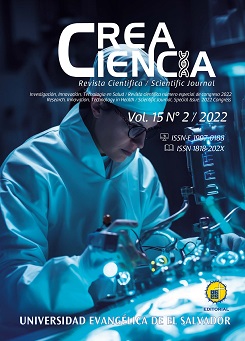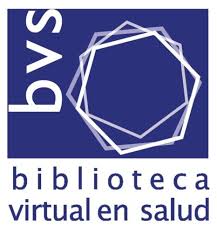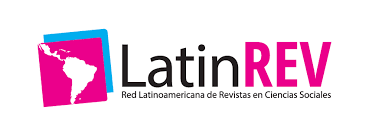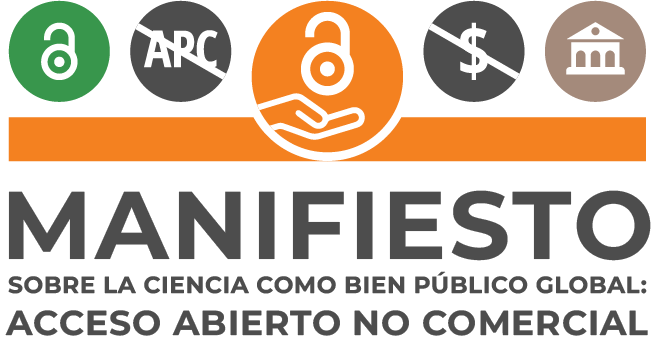Comparative analysis of the mismatch of two types of transfer bases for complete dentures
DOI:
https://doi.org/10.69789/creaciencia.v15i2.660Abstract
A complete prosthesis serves as a replacement for teeth and supporting tissues, rehabilitating the functions of chewing, phonation, aesthetics and self-esteem of the edentulous patient (Fig. 1). The construction of complete prostheses (CP) includes creating transfer bases (BT) to evaluate them before the definitive processing of the CP that the patient will use. The misalignment of the BT of the oral tissues implies loss of retention and stability, deteriorating the accuracy of the BT as a precursor to the finished prosthesis (Fig. 2). The general objective of the study was to compare the mismatch of transfer bases constructed with self-polymerizing acrylic resin (RAAC) and transfer bases made under vacuum with polyvinyl chloride (PVC). Null hypothesis (Ho) was formulated - which assumes equality in the mismatch of the BTs built with RAAC and those made of vacuum PVC - and research hypothesis (Hi), which assumes that the mismatch of the BTs built with RAAC (Fig. 3) ) is different from the mismatch of bases made with vacuum PVC sheets (Fig. 4).
References
Fenlon MR, Sherriff M, Walter JD. An investigation of factors influencing patients’ use of new complete dentures using structural equation modelling techniques. Community Dent Oral Epidemiol [Internet]. 2000 Abr [Consultado 2020 Ene 18];28(2):133–140. Disponible en: https://onlinelibrary.wiley.com/doi/10.1034/j.1600-0528.2000.028002133.x
Winkler S. Prostodoncia Total. México: Editorial Limusa; 2001. Pp. 16, 35, 176.
Wicks R, Ahuja S, Jain V, Selecman A. Stable thermoplastic, pressure-formed record bases. J Prosthet Dent [Internet]. 2015 May [Consultado 2019 Nov 03];113(5):488–90. Disponible en: https://doi.org/10.1016/j.prosdent.2014.11.008
Downloads
Published
Issue
Section
License
Copyright (c) 2022 Universidad Evangélica de El Salvador

This work is licensed under a Creative Commons Attribution-NonCommercial-ShareAlike 4.0 International License.
Los artículos de Crea Ciencia están publicados en acceso abierto bajo una licencia CC BY-NC-SA 4.0 de la Universidad Evangélica de El Salvador.





















